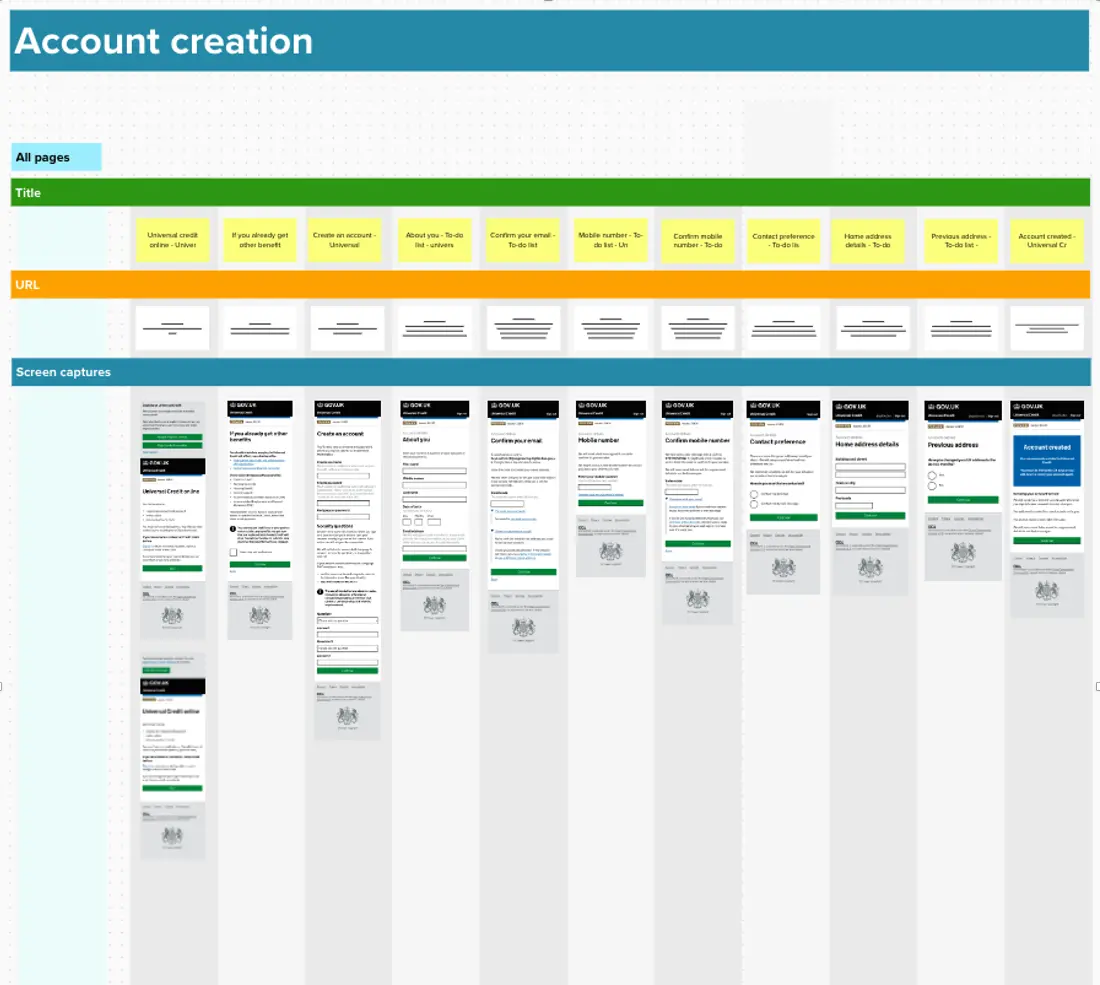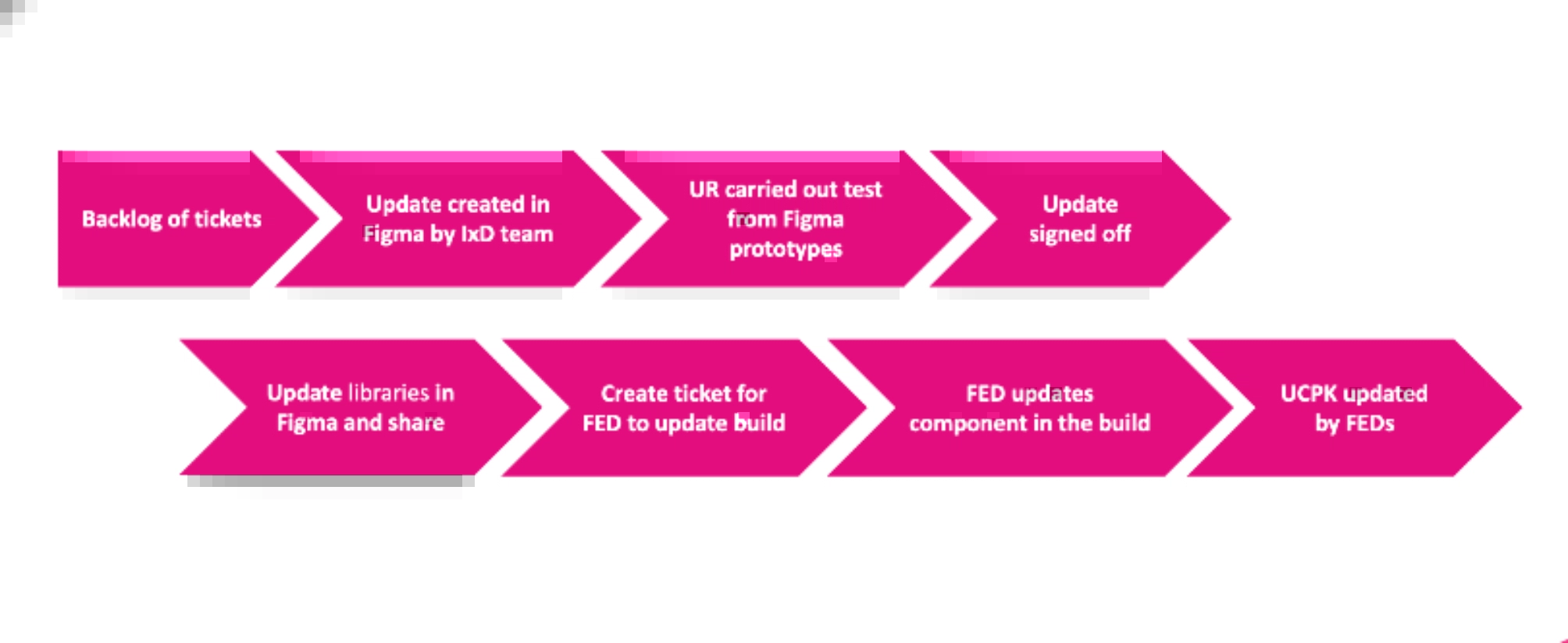Auditing the Universal Credit Design System
Conducting an audit of the Universal Credit design system and its implementation.
Our brief was to carry out an audit of the Universal Credit design system and its impact on the built services for Claimants, Agents and Landlords. We were tasked to:
- observe the implementation of the design system and content style guidance
- identify components and patterns not documented
- understand the value and help to prioritise design component updates
Throughout this process, we identified and assessed multiple design systems including:
- Universal Credit Prototype Kit
- Figma Universal Credit Design system
- GOV.UK Design System
- built services
Familiarisation and mapping
The initial phase involved acquainting ourselves with the services and documentation, aiming to gain a comprehensive understanding of the scope and objectives of the system audit. This included the examination of documentation as well as breadth and depth of the service.
We started by mapping out the exiting services. Mapping out the 3 primary user journeys with screenshots allowed us to review this with stakeholders. The screenshots and documentation of components also allowed us to start to identify and understand the impact of inconsistencies in components and pattens.

Gaining insights through collaborative workshops
To gain insights into working methodologies and design processes, I ran a series of workshops in collaboration with the design teams. We explored how tasks were documented, the design tools and processes in use. We also looked at collaboration among various Universal Credit Design (UCD) team members and the handoff of designs to developers.
During these workshops, it became evident that the design ecosystem in place was distributed and inconsistent, resulting in confusion, conflicts, and challenges in maintenance.
Within this ecosystem, we identified three distinct sources of truth dispersed across the UC Prototype Kit (UCPK), Figma boards, and the GOV.UK Design System. The interrelationship between these three sources was not clearly defined, further complicating the design process.

Evaluating Guidance and Recommendations
Using insights from our gap analysis and workshops, we closely examined the guidance. Using a matrix of the design systems in use we were able to highlight duplication and inconsistencies between the design systems. To make informed recommendations, we used impact data from our previous journey mapping to analysis easy of implementation and how much they would affect different pages.
Our work reached its conclusion with a presentation of our findings to the Department for Work and Pensions stakeholders. Additionally, we shared a detailed comprehensive report summarising our discoveries and recommendations. To ensure clear communication and understanding among all stakeholders, we also conducted a workshop to plan out the next steps as the audit concluded.